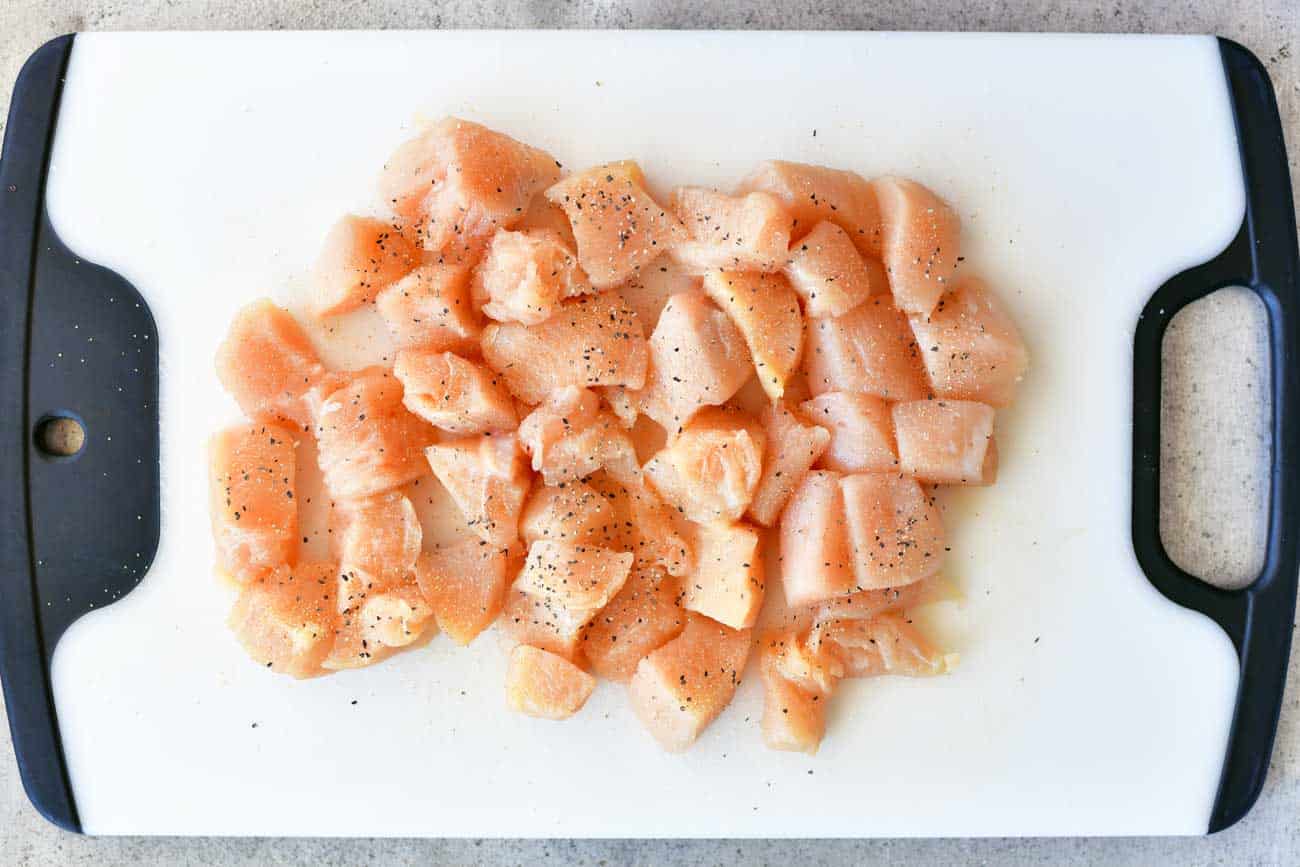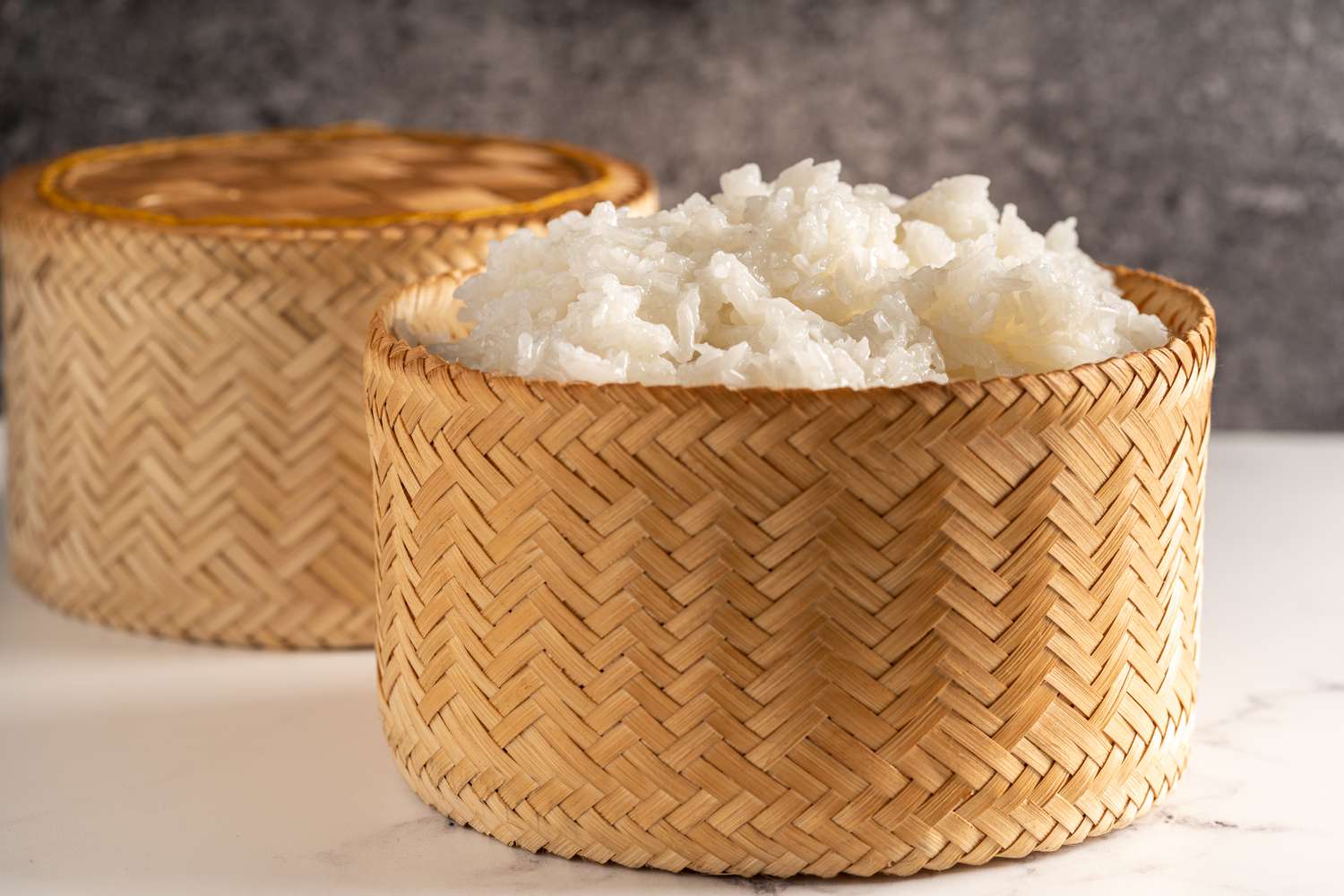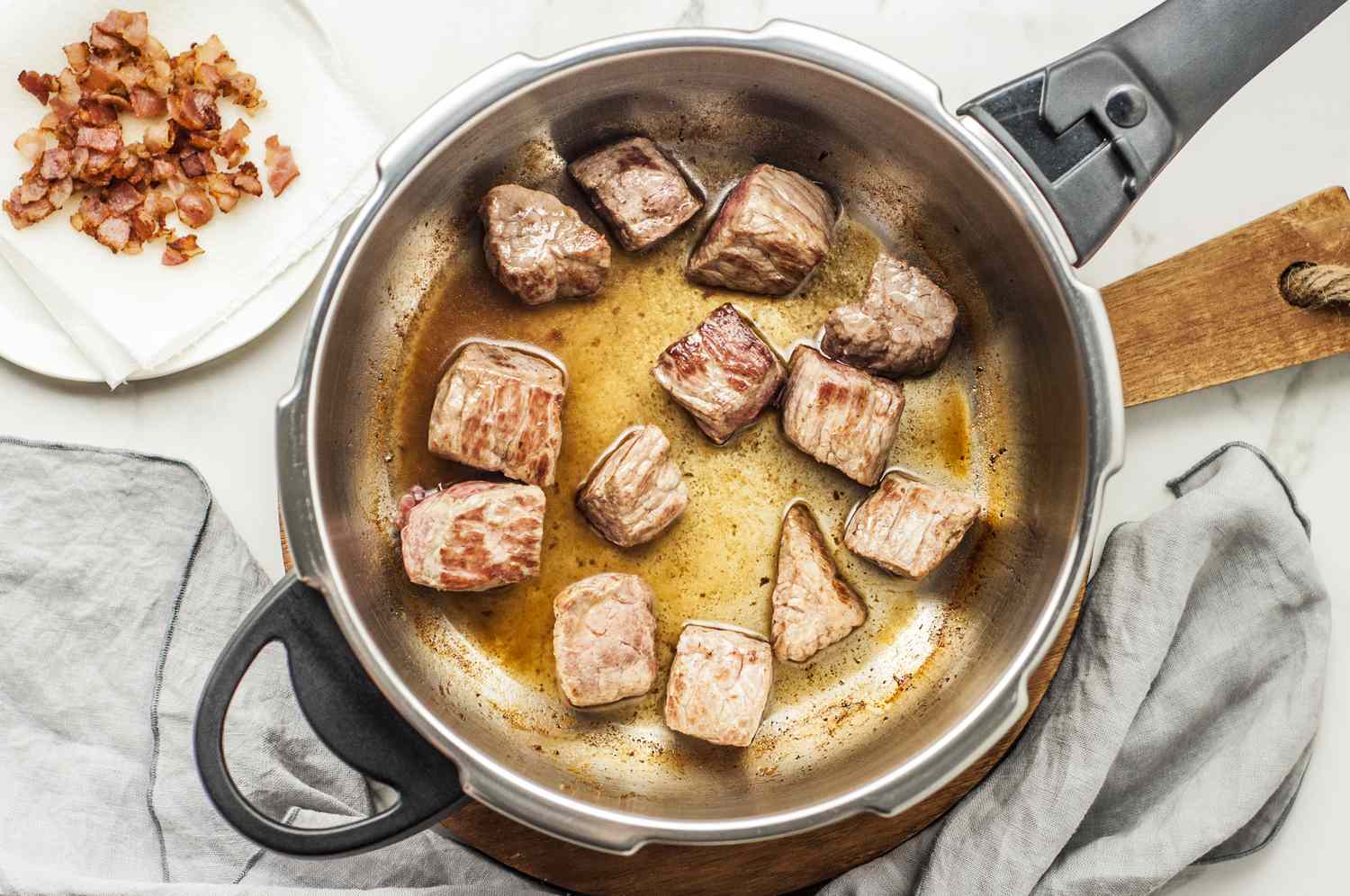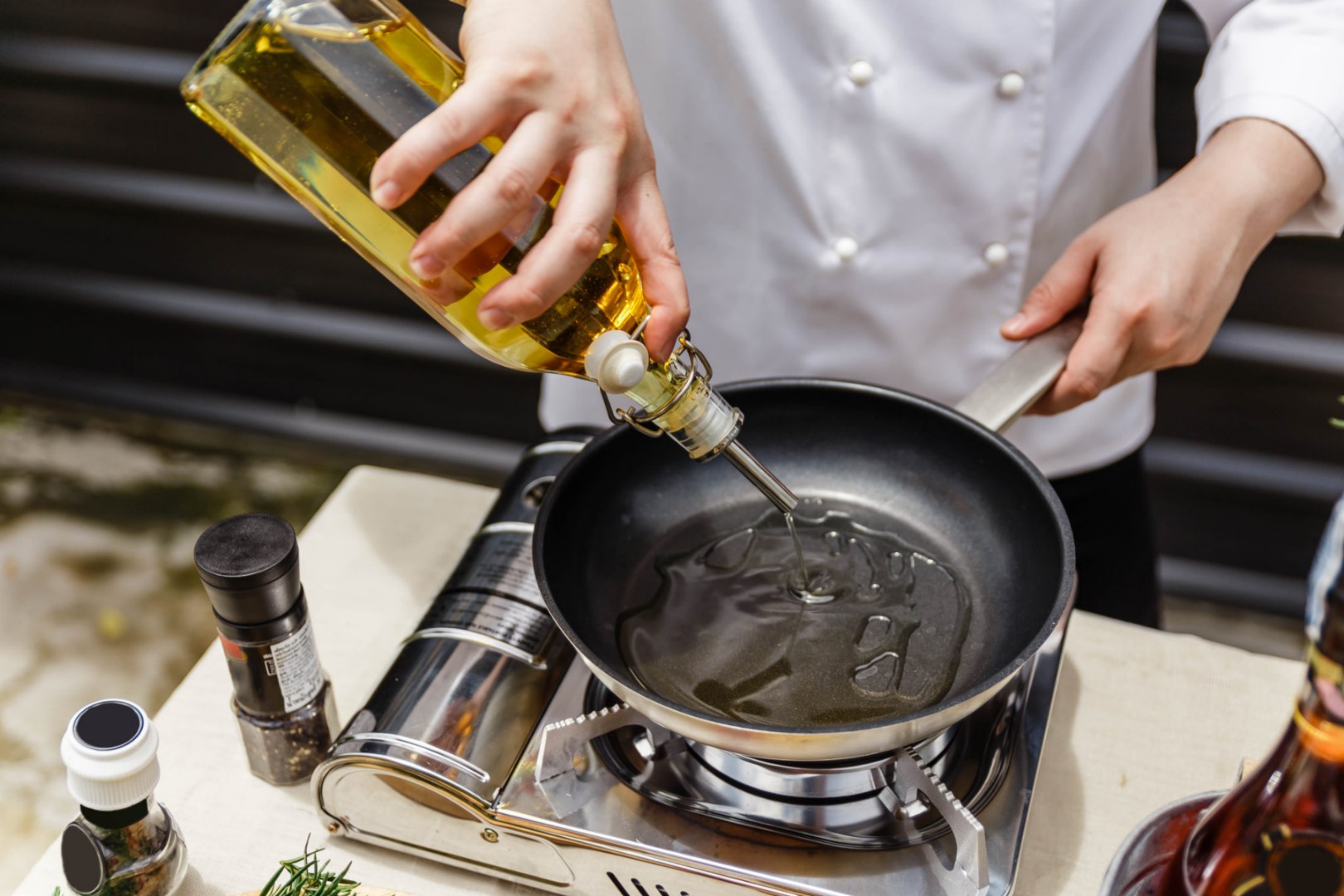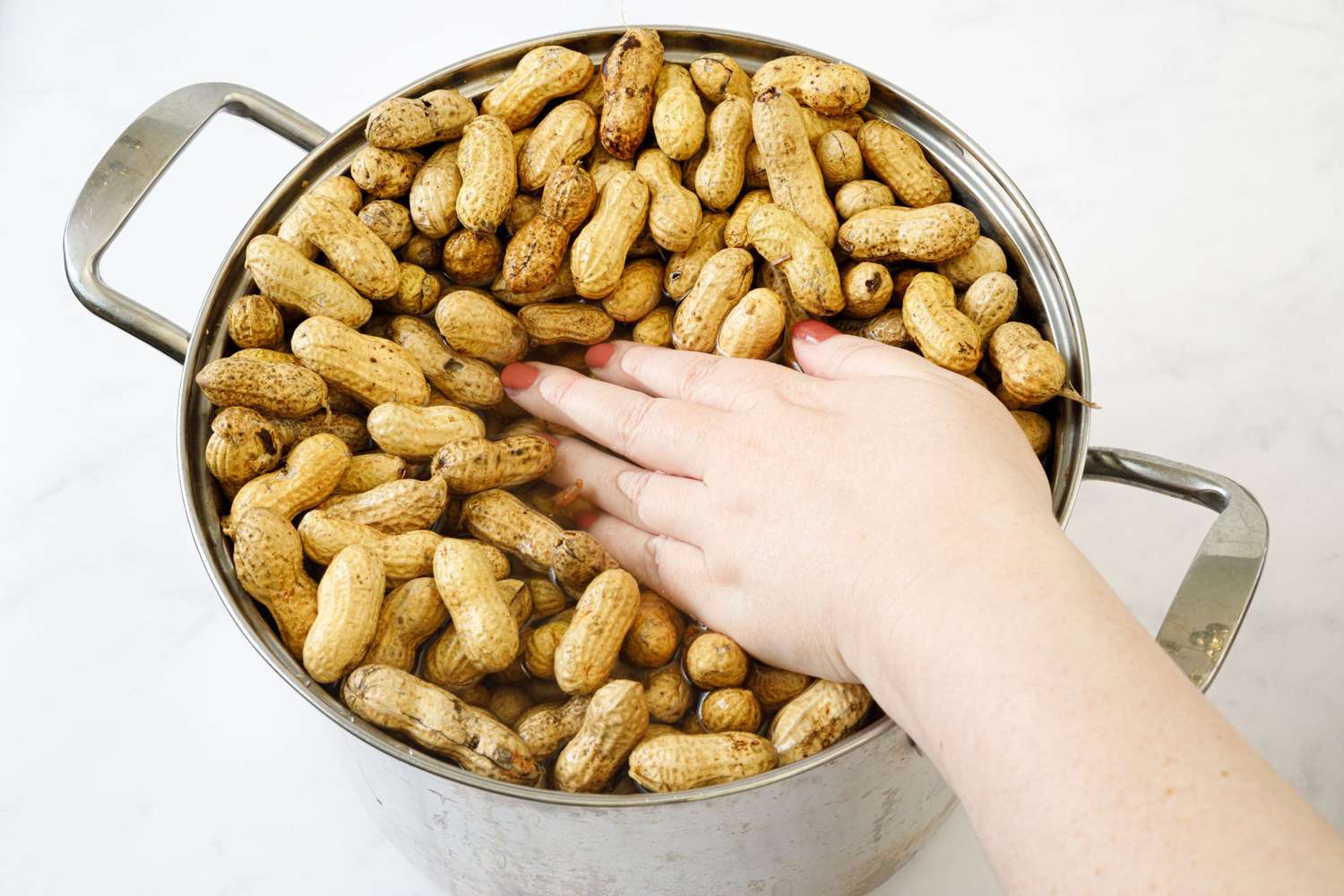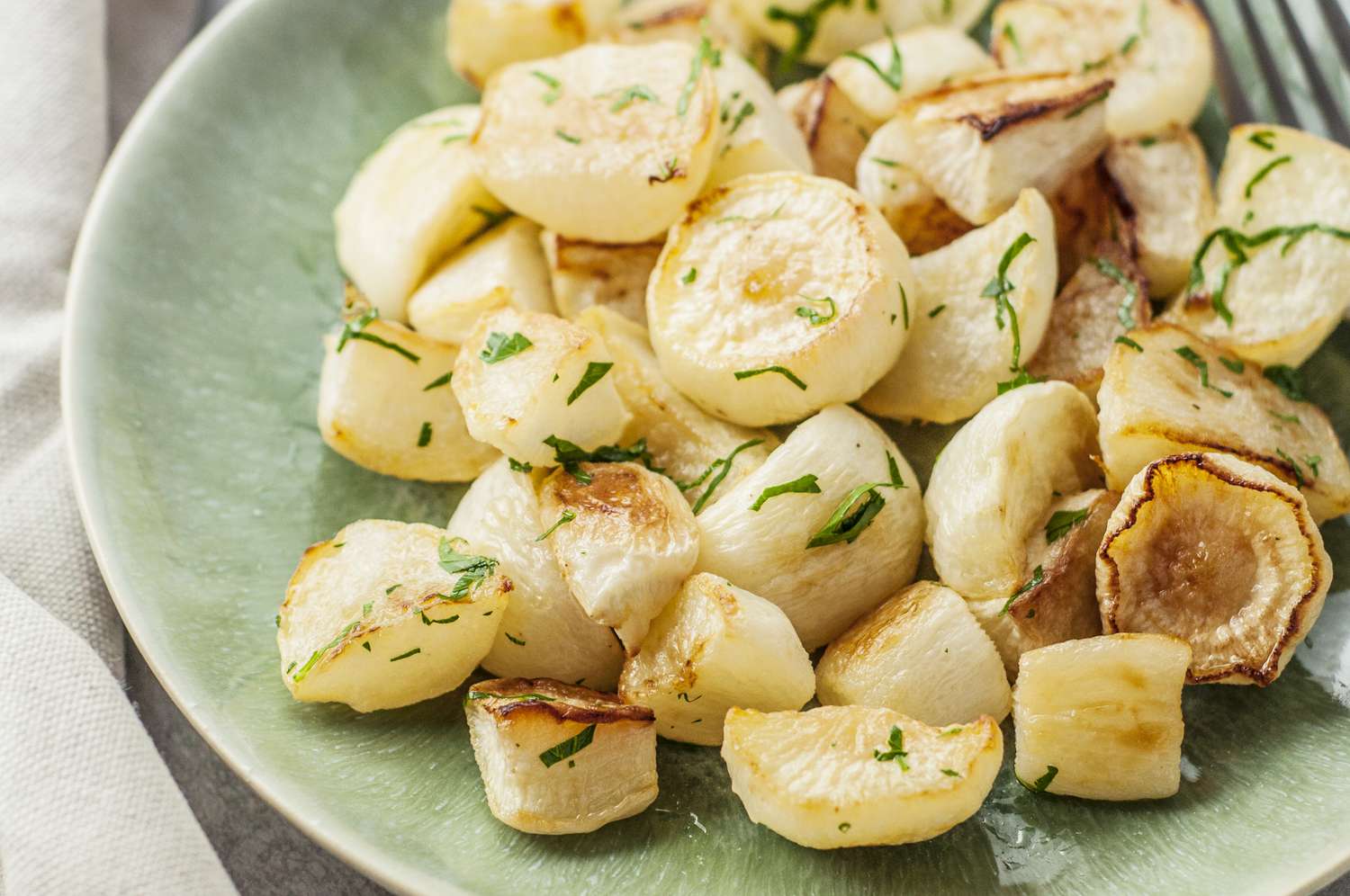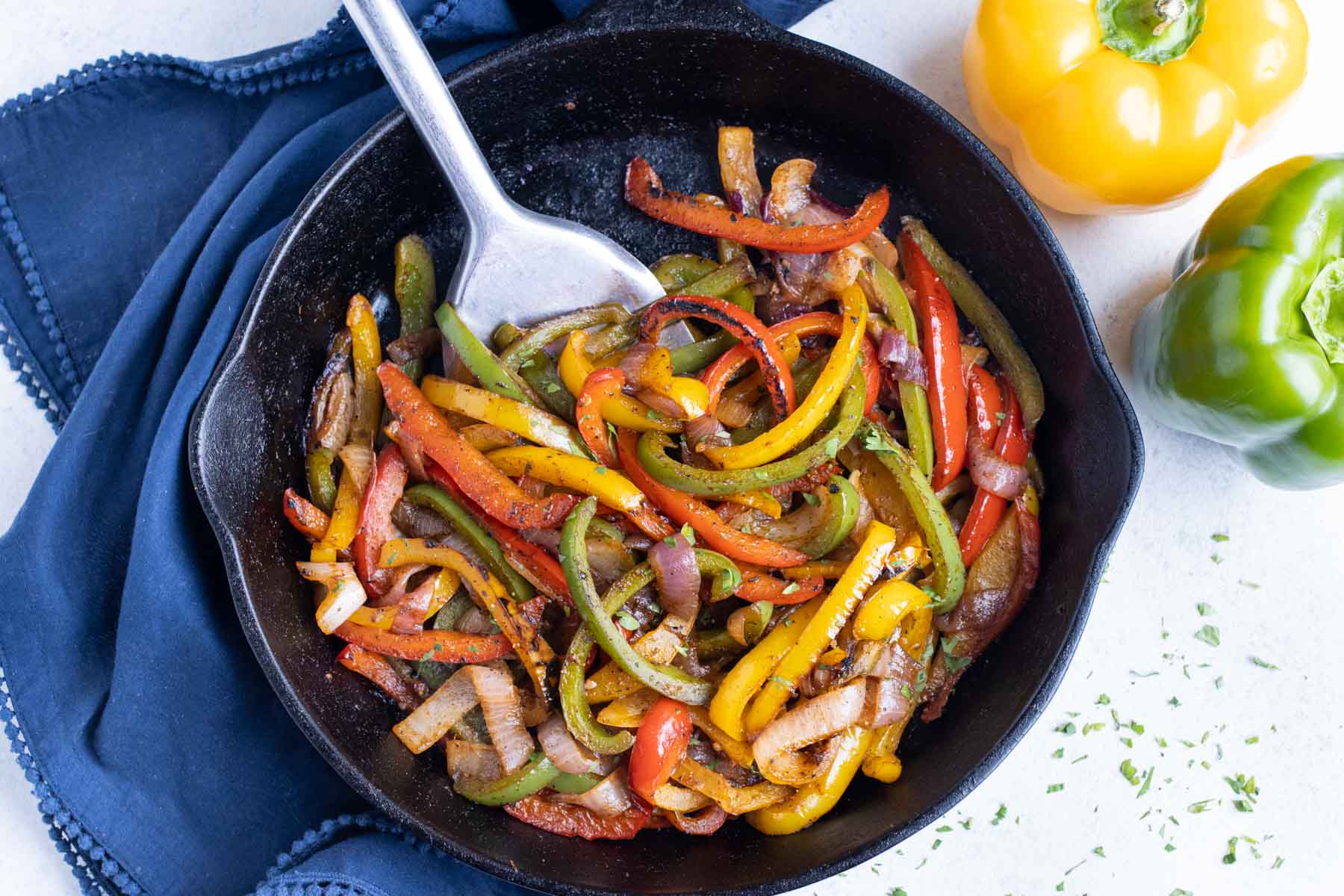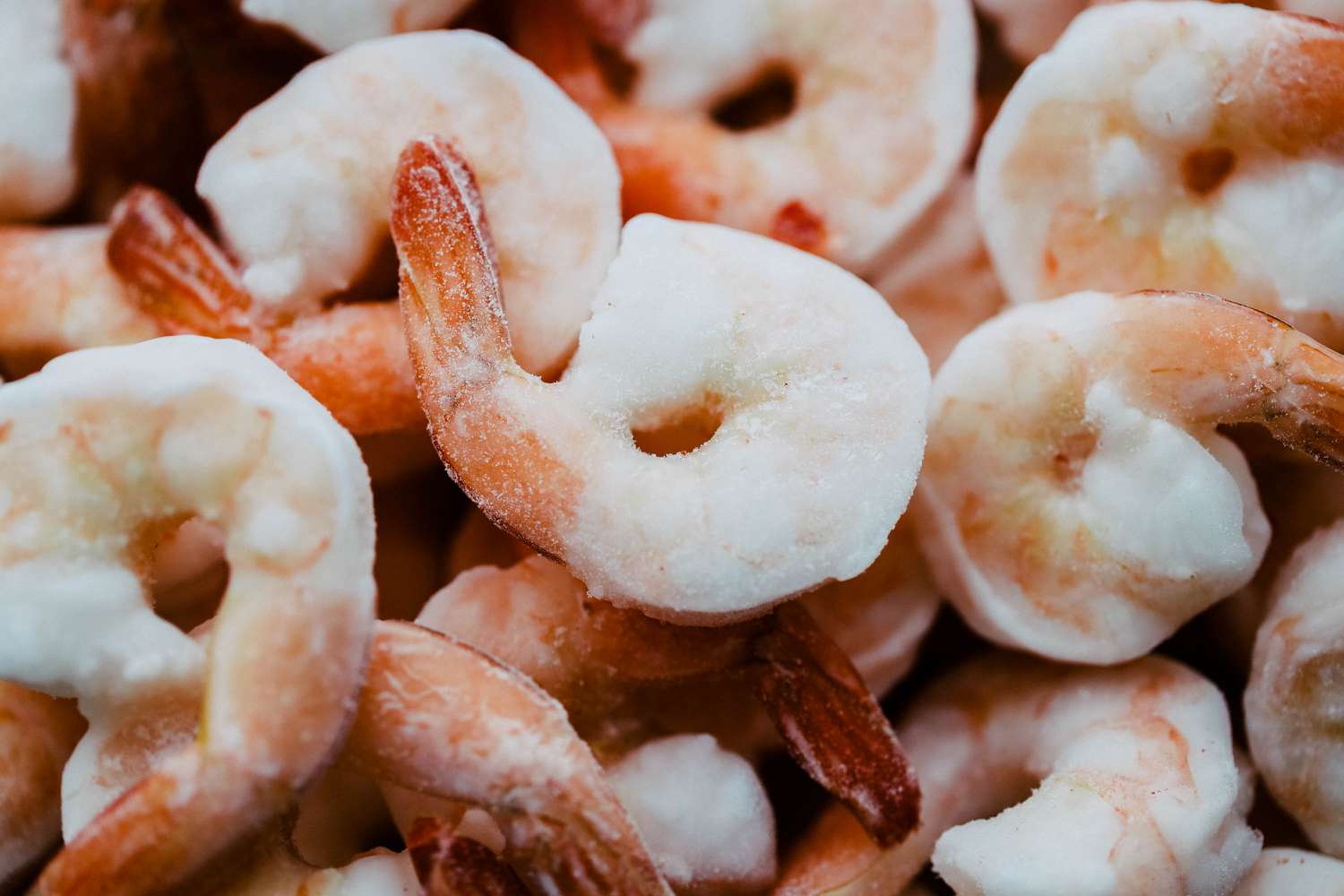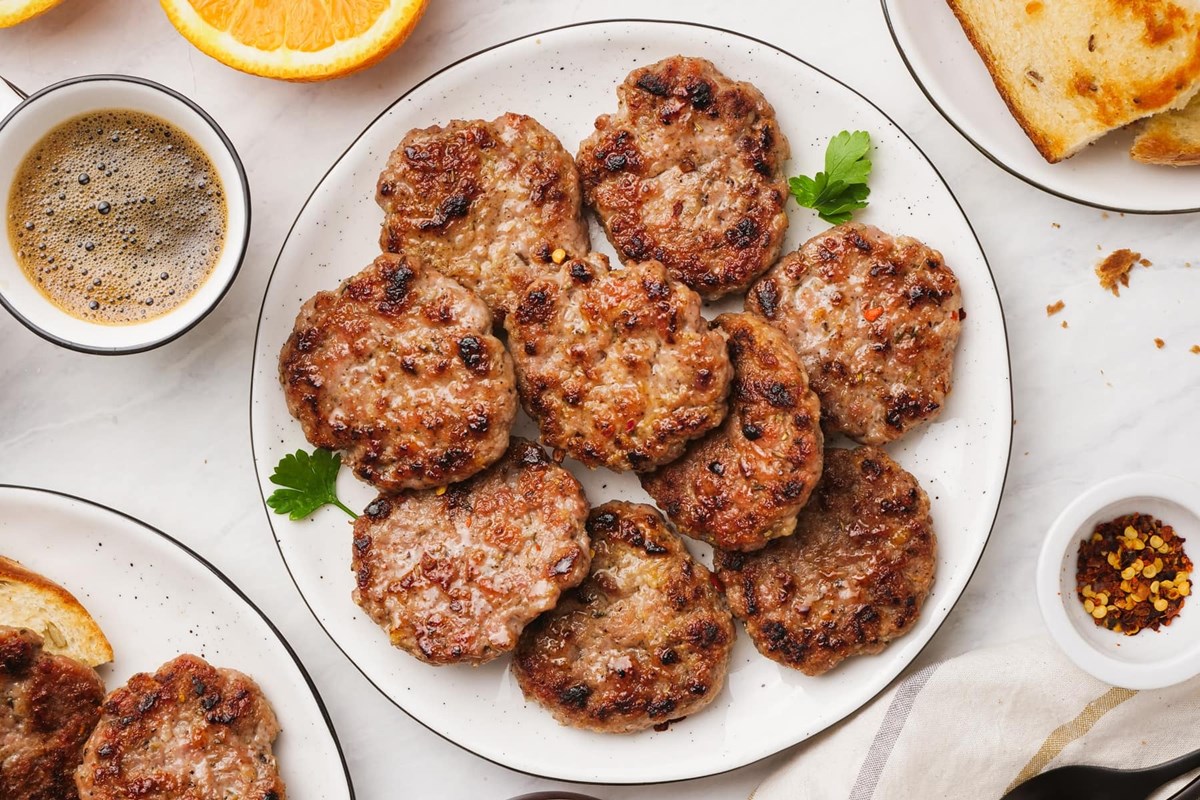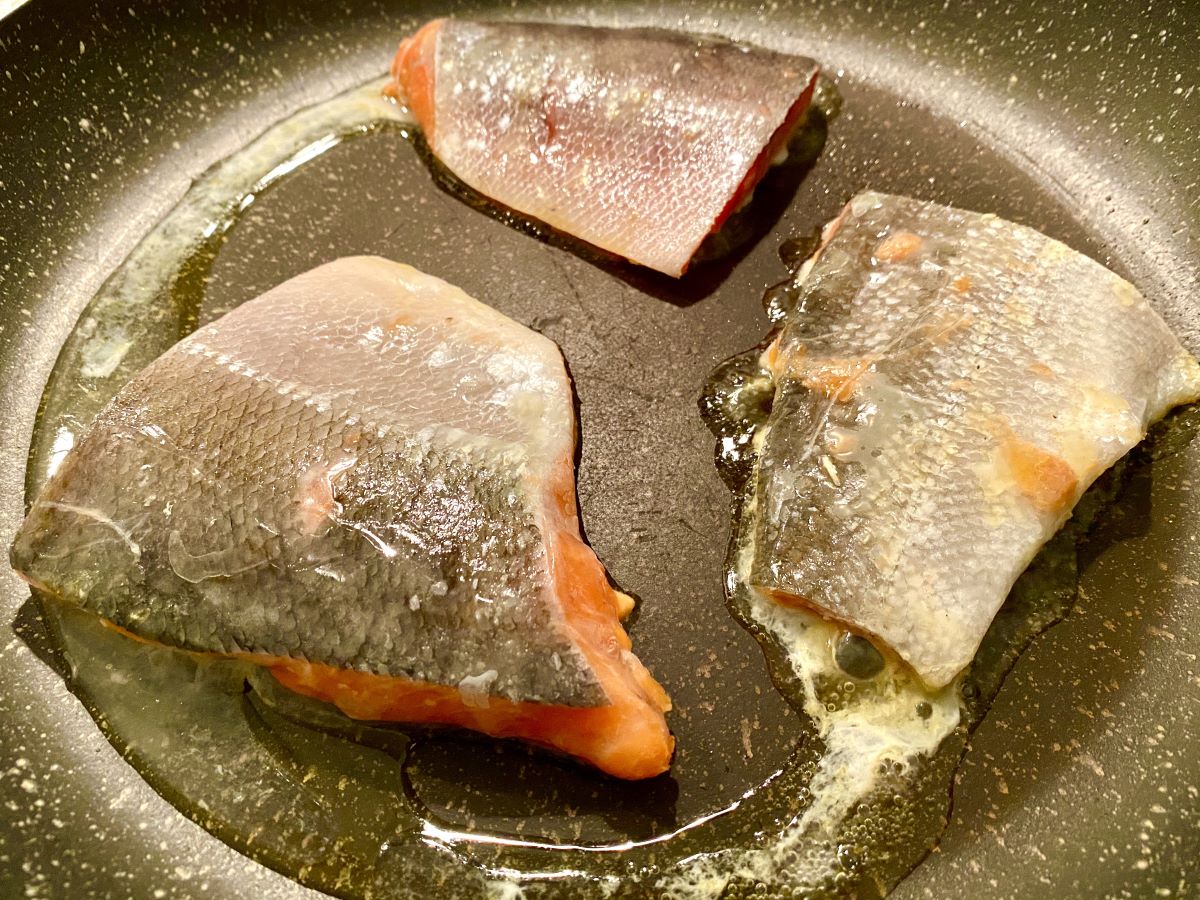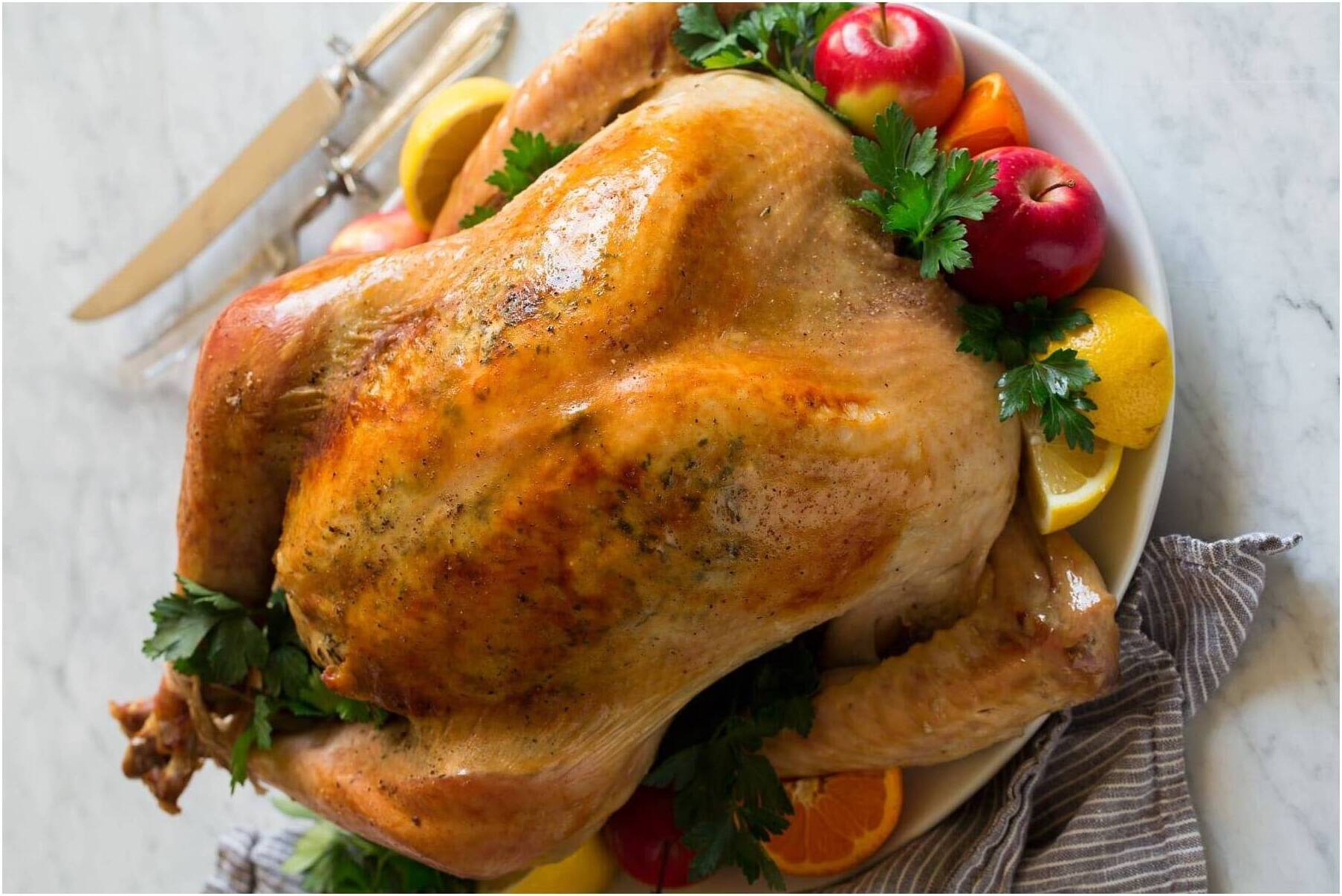Unlock the Delicious Delights of Grape Leaves in Your Kitchen
Are you looking to add a new, flavorful dish to your culinary repertoire? Look no further than grape leaves! These vibrant leaves can be transformed into a mouthwatering delight when cooked with the right techniques. Whether you’re a seasoned chef or a novice in the kitchen, we’ve got you covered with this simple and delicious recipe for cooking grape leaves.
Ingredients:
- Fresh grape leaves
- Rice
- Ground beef or lamb
- Onion
- Garlic
- Parsley
- Mint
- Lemon juice
- Olive oil
- Salt
- Pepper
Step 1: Preparing the Grape Leaves
Before you start cooking, make sure your grape leaves are fresh and clean. Rinse them gently under cold water to remove any dirt or debris, and pat them dry with a paper towel.
Step 2: Preparing the Filling
In a mixing bowl, combine cooked rice, ground beef or lamb, finely chopped onion, minced garlic, parsley, mint, lemon juice, and a drizzle of olive oil. Season the mixture with salt and pepper, and mix well until all the ingredients are evenly incorporated.
Step 3: Stuffing the Grape Leaves
Lay a grape leaf flat on a clean surface, vein side up. Place a small spoonful of the filling near the stem end of the leaf. Fold the sides of the leaf over the filling, and tightly roll it up into a neat parcel. Repeat this process until all the grape leaves are filled with the delicious mixture.
Step 4: Cooking the Grape Leaves
In a large pot, arrange the stuffed grape leaves in a single layer. Pour in enough water to cover the leaves and add a squeeze of lemon juice for a tangy flavor. Cover the pot and simmer on low heat for about 30-40 minutes, or until the grape leaves are tender and the flavors have melded together perfectly.
Serving Suggestions
Grape leaves can be served warm or cold, depending on your preference. You can enjoy them as an appetizer, a side dish, or even as a main course. They pair wonderfully with a dollop of creamy yogurt, a sprinkle of sumac, or a drizzle of olive oil. Get creative and experiment with different sauces and toppings to elevate their flavors further!
Now that you know how to cook grape leaves, it’s time to gather the ingredients, roll up your sleeves, and impress your family and friends with this delightful dish. Whether it’s a casual get-together or a special occasion, these grape leaves are sure to leave everyone craving for more. So, get cooking and savor the unique taste of this Mediterranean gem!
For those looking to try their hand at cooking grape leaves, there are a few standout recipes from the guide that truly showcase the versatility and flavor of this dish. The Lamb and Mint Stuffed Grape Leaves offer a delightful combination of tender lamb and refreshing mint, perfect for those who enjoy a touch of Mediterranean flair. If you're seeking a vegetarian option, the Vegetarian Stuffed Grape Leaves with Quinoa provide a wholesome and nutrient-rich alternative. For seafood lovers, the Seafood-Stuffed Grape Leaves with Lemon and Dill offer a fresh and zesty twist. Lastly, the Greek Dolmades with Tzatziki Sauce are a classic choice, bringing together traditional flavors with a creamy and tangy sauce that complements the grape leaves perfectly. These recipes not only highlight different stuffing options but also demonstrate various cooking techniques to enhance your culinary skills.
Was this page helpful?
Read Next: How To Cook Turkey On Pellet Grill

